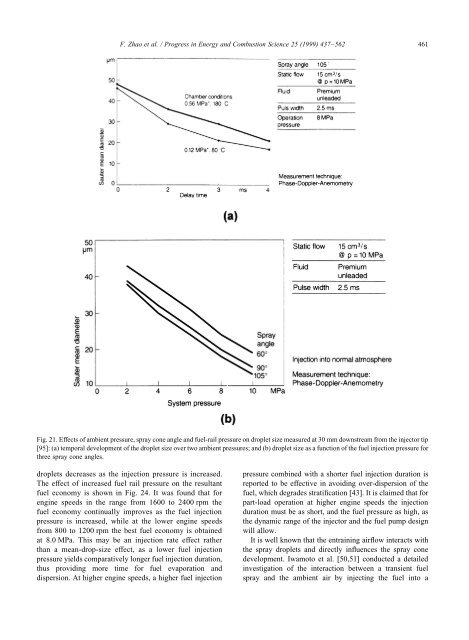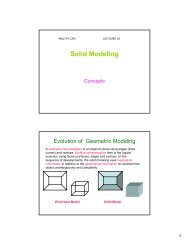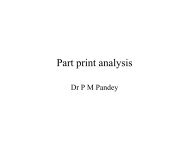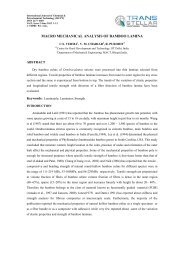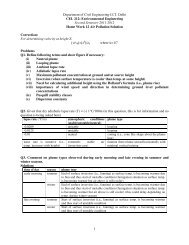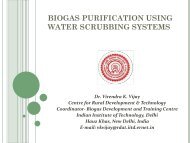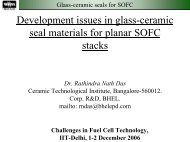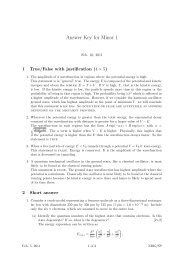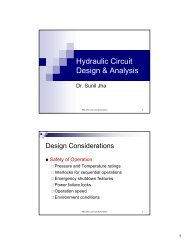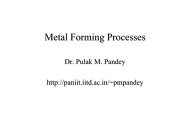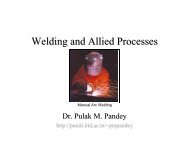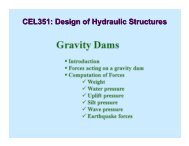Automotive spark-ignited direct-injection gasoline engines
Automotive spark-ignited direct-injection gasoline engines
Automotive spark-ignited direct-injection gasoline engines
You also want an ePaper? Increase the reach of your titles
YUMPU automatically turns print PDFs into web optimized ePapers that Google loves.
F. Zhao et al. / Progress in Energy and Combustion Science 25 (1999) 437–562 461<br />
Fig. 21. Effects of ambient pressure, spray cone angle and fuel-rail pressure on droplet size measured at 30 mm downstream from the injector tip<br />
[95]: (a) temporal development of the droplet size over two ambient pressures; and (b) droplet size as a function of the fuel <strong>injection</strong> pressure for<br />
three spray cone angles.<br />
droplets decreases as the <strong>injection</strong> pressure is increased.<br />
The effect of increased fuel rail pressure on the resultant<br />
fuel economy is shown in Fig. 24. It was found that for<br />
engine speeds in the range from 1600 to 2400 rpm the<br />
fuel economy continually improves as the fuel <strong>injection</strong><br />
pressure is increased, while at the lower engine speeds<br />
from 800 to 1200 rpm the best fuel economy is obtained<br />
at 8.0 MPa. This may be an <strong>injection</strong> rate effect rather<br />
than a mean-drop-size effect, as a lower fuel <strong>injection</strong><br />
pressure yields comparatively longer fuel <strong>injection</strong> duration,<br />
thus providing more time for fuel evaporation and<br />
dispersion. At higher engine speeds, a higher fuel <strong>injection</strong><br />
pressure combined with a shorter fuel <strong>injection</strong> duration is<br />
reported to be effective in avoiding over-dispersion of the<br />
fuel, which degrades stratification [43]. It is claimed that for<br />
part-load operation at higher engine speeds the <strong>injection</strong><br />
duration must be as short, and the fuel pressure as high, as<br />
the dynamic range of the injector and the fuel pump design<br />
will allow.<br />
It is well known that the entraining airflow interacts with<br />
the spray droplets and <strong>direct</strong>ly influences the spray cone<br />
development. Iwamoto et al. [50,51] conducted a detailed<br />
investigation of the interaction between a transient fuel<br />
spray and the ambient air by injecting the fuel into a


